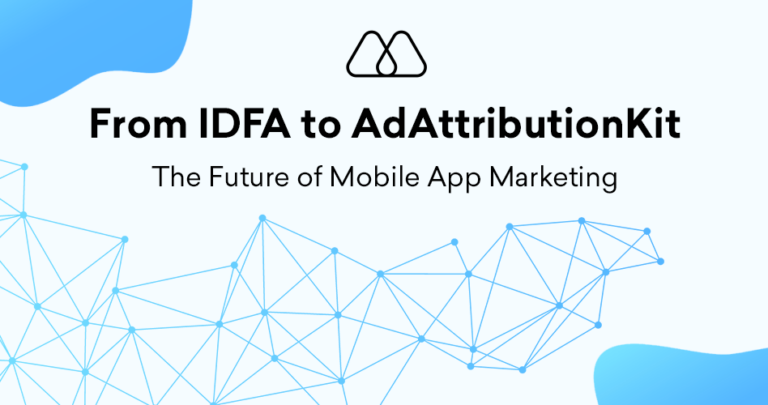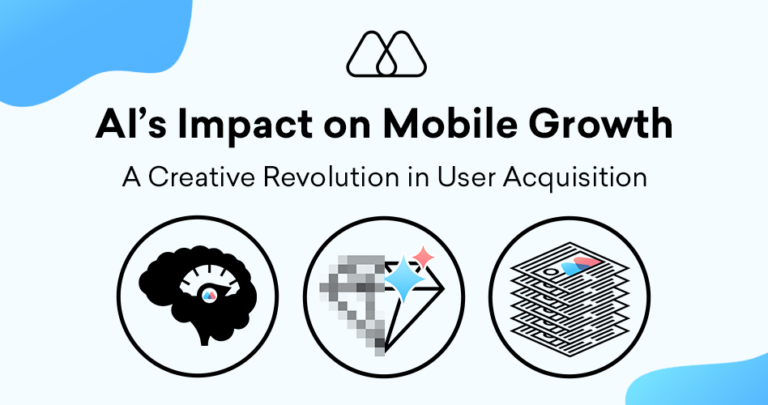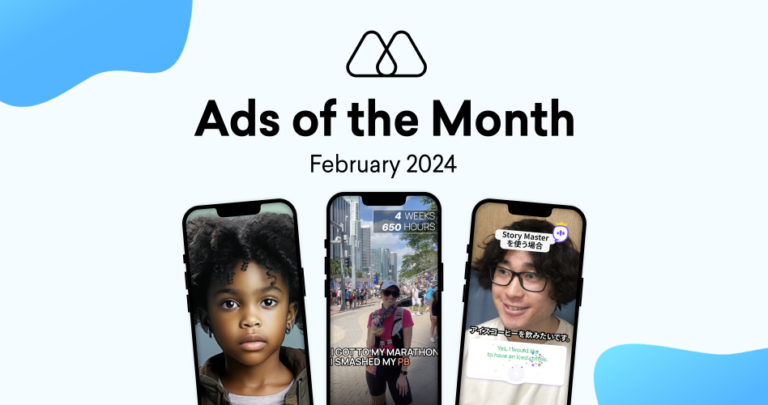In the competitive landscape of mobile app marketing, user acquisition is the lifeblood of success. Cost per install (CPI) is a fundamental metric for measuring the efficiency of user acquisition campaigns. This article delves into the concept of CPI in mobile advertising, exploring its definition, functionalities, factors influencing it, and advanced strategies for optimizing CPI to maximize return on investment (ROI) for your mobile app.
What is the Cost Per Install (CPI) in Mobile Advertising?
Cost per install (CPI) is a pricing model used in mobile app advertising. Here, you pay the advertising platform a specific amount each time a user successfully installs your app on their device after clicking on your ad. CPI campaigns are ideal for maximizing app downloads and expanding your user base.
How Does CPI Work in Mobile Advertising?
Here’s a breakdown of the CPI workflow in mobile advertising:
- Campaign Setup: You define your target audience demographics, interests, and budget for the CPI campaign.
- Bidding Strategy: You set a maximum cost you’re willing to pay for each app install through the chosen advertising platform.
- Campaign Launch: Your ad is displayed across various mobile networks and publisher apps based on your targeting criteria and bid settings.
- User Acquisition: Users who find your ad appealing and are interested in your app offering click on it.
- App Installation Tracking: The advertising platform utilizes app install tracking mechanisms (e.g. SDKs) to verify successful app installations.
- Cost Calculation: The advertising platform tracks verified app installs and bills based on the pre-determined CPI you set for each install.
Factors Influencing CPI in Mobile Advertising
Several factors can influence the CPI of your mobile advertising campaigns:
- App Category: The category your app belongs to can significantly impact CPI. Highly competitive categories like gaming or finance typically have higher CPIs versus niche categories.
- Target Audience: Targeting specific demographics, interests, and device types can influence CPI. Targeting a more precise audience might lead to a higher CPI but potentially higher quality users.
- App Store Optimization (ASO): A well-optimized app store listing with positive reviews, clear screenshots, and a compelling description can improve post-click conversion rates, potentially leading to a lower CPI.
- Ad Creative Quality: Visually appealing and informative ad creatives that resonate with your target audience can improve click-through rates (CTR) and potentially lower your CPI.
- Geographic Location: CPI can vary depending on the geographical location you target. Targeting developed regions might lead to higher CPIs compared to emerging markets.
- Bidding Strategy: Your bidding strategy plays a crucial role. Setting a competitive bid can ensure your ad is displayed prominently but might lead to a higher CPI.
Advanced Strategies for Optimizing CPI in Mobile Advertising
While Cost Per Install serves as a valuable metric, here are some advanced strategies to optimize it and maximize the return on investment for your user acquisition efforts:
- Leverage Lookalike Audiences: Utilize lookalike audiences based on existing high-value users to target new users with similar characteristics.
- A/B Testing Ad Creatives: Continuously test variations of your ad creatives (images, videos, headlines, CTAs) to identify combinations that resonate best with your target audience and drive higher click-through rates, potentially lowering your CPI.
- Landing Page Optimization: Optimize your app store listing or post-click landing page for conversions. Ensure it’s informative, user-friendly, and addresses user pain points to encourage app downloads and reduce post-click drop-off rates.
- Campaign Geo-Targeting: Leverage geo-targeting to focus your campaign on specific regions or countries where you can acquire users at a more efficient CPI.
- In-App Engagement Strategies: Focus on in-app engagement strategies to retain users after they install your app. High user retention rates demonstrate app value to advertising platforms, potentially leading to lower CPI in future campaigns.
5 Key Takeaways from Cost Per Install (CPI)
- Fundamental User Acquisition Metric: CPI measures the cost of acquiring new users through app installation.
- Influenced by Multiple Factors: CPI is impacted by app category, target audience, ASO, ad quality, and more.
- Landing Page Optimization: to improve post-click conversion rates and potentially lower effective CPI.
- Targeted Geo-Campaigns: Focus on regions with lower CPI to acquire users more efficiently.
- Re-targeting for Lower CPI: Re-engage users for potentially lower acquisition costs versus acquiring entirely new ones.
- In-App Engagement Focus: High retention rates can lead to lower CPI in future campaigns.
Cost per install (CPI) is a cornerstone metric for mobile app marketers seeking to optimize user acquisition efforts. You can effectively acquire users, at a cost-efficient rate, by understanding the concept of CPI, the factors influencing it, and implementing advanced optimization strategies. Remember, a data-driven approach to CPI management, coupled with continuous optimization efforts, empowers you to maximize your return on investment and propel your mobile app’s growth.




